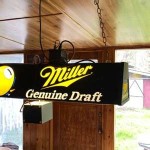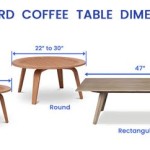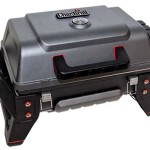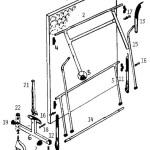Build Rustic Dining Table Plans: Essential Aspects
Building a rustic dining table is a rewarding project that can add a touch of charm and warmth to your home. Whether you're a seasoned woodworker or a beginner looking for a challenge, creating your own dining table is a great way to learn new skills and create a piece of furniture that will be cherished for years to come.
1. Selecting the Right Lumber
The type of lumber you choose for your dining table will have a significant impact on its overall look and durability. For a rustic table, consider using reclaimed wood, which has the unique character and patina that comes with age. Other suitable options include pine, oak, or walnut, which offer a range of grain patterns and colors.
2. Designing the Table
Before you start building, it's important to design your table and create a plan. Determine the dimensions of the table, the number of legs, and the type of joinery you will use. Sketch out your design or use a computer-aided design (CAD) program to create detailed plans.
3. Cutting and Joining the Wood
Once you have your plan, cut the lumber to the desired dimensions. Use a table saw, miter saw, or circular saw for accurate cuts. Join the pieces together using mortise and tenon joints, dovetail joints, or pocket screws. Ensure that the joints are strong and secure.
4. Assembling the Table
Assemble the table by attaching the legs to the tabletop. Use wood glue and clamps to secure the joints. Once the glue has dried, reinforce the joints with screws or nails. Flip the table over and attach the aprons, which will provide additional support and stability.
5. Finishing the Table
To finish the table, apply a clear sealant to protect it from moisture and wear. You can also stain the table to achieve the desired color and enhance the grain patterns. Consider using a rustic stain or a distressed finish to create an aged look.
Additional Considerations:
* Leg design: Choose leg designs that are both sturdy and visually appealing. Consider using tapered legs, square legs, or trestle legs. * Apron design: The aprons not only provide support but also add character to the table. Choose an apron design that complements the legs and the overall style of the table. * Hardware: Use rustic hardware such as wrought iron nails or decorative bolts to enhance the rustic aesthetic. * Tabletop thickness: The thickness of the tabletop will affect the overall weight and stability of the table. A thicker tabletop will be more durable but also heavier. * Maintenance: To prolong the life of your rustic dining table, clean it regularly with a damp cloth and apply a sealant every few years to protect it from moisture damage.
Diy Small Farmhouse Table Plans And Tutorial

Diy Farmhouse Table Love Grows Wild

Diy Rustic Modern Dining Table Shanty 2 Chic

How To Build A Farmhouse Table

Beginner Farm Table 2 Tools 50 Lumber Ana White

Diy Dining Table Plans With Benches Woodworking Furniture Room Farmhouse Rustic Bench

Restoration Hardware Inspired Dining Table Living Letter Home

40 Diy Farmhouse Table Plans Ideas For Your Dining Room Free

Diy Farmhouse Table Love Grows Wild

How To Make A Diy Farmhouse Dining Room Table Restoration Hardware Knockoff Tips For
Related Posts








